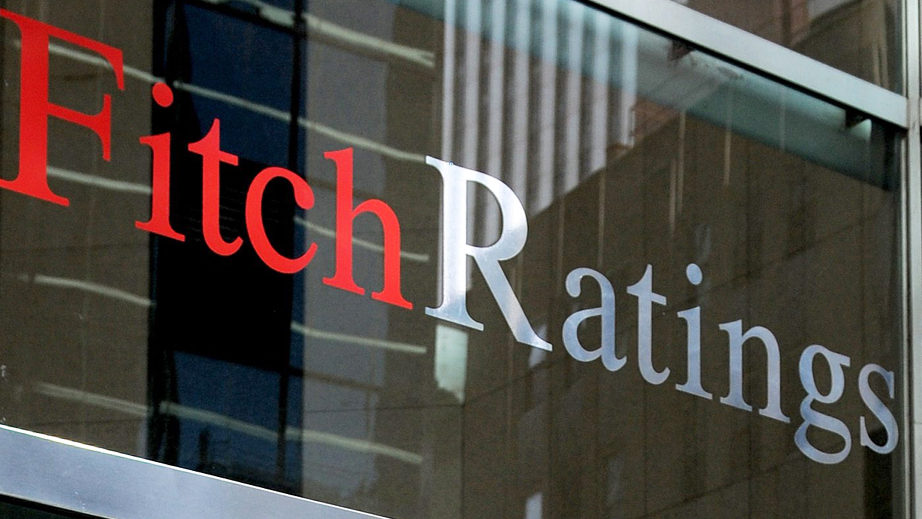Tax burden in Portugal increased to 36.9% of GDP, but it is still below the EU average of 40.2%
The overall tax to GDP ratio in Portugal increased to 36.9% in 2017. In the EU, tax to GDP ratio has been registering a rising trend since 2002.
The tax burden in Portugal has increased in comparison to last year. Tax-to-GDP ratio moved from 36.6% in 2016 to 36.9% in 2017, an increase which met the rising trend registered in the EU. It has also been on the rise both at the EU and the euro area levels, but Portugal’s tax burden ratio was still below the average registered in those two conglomerates.
According to the Eurostat, in the euro area, the ratio which means “the sum of taxes and net social contributions as a percentage of Gross domestic product” accounted for 41.4% of GDP in 2017, slightly above 2016’s revenue of 41.2%, while in the EU 28 tax-to-GDP got to 40.2%, increasing from 39.9% in 2016.

This is a natural increase given that the economy is also going up. In Portugal, the economy has grown, which puts the country among 15 other countries whose economies were evolving. The increase for the Portuguese was rather low if compared with Cyprus (from 32.9% to 34%), Luxembourg (39.4% to 40.3%) and Slovakia (32.4% to 33.2%).
Hungary, Romania and Estonia had the largest decreases of tax-to-GDP ratios in the EU, with special emphasis going to Romania, which now has the second lowest tax burden in the EU, only being surpassed by Ireland in that sense, which has a tax-to-GDP ratio of 23.5%. In contrast, France, Belgium and Denmark come first with 48.4%, 47.3% and 46.5%, respectively.




